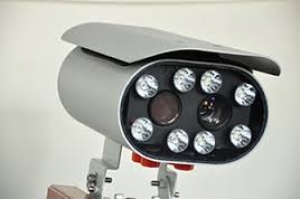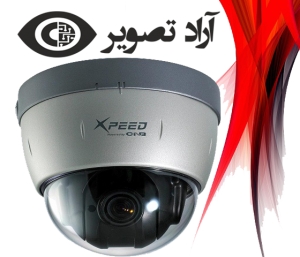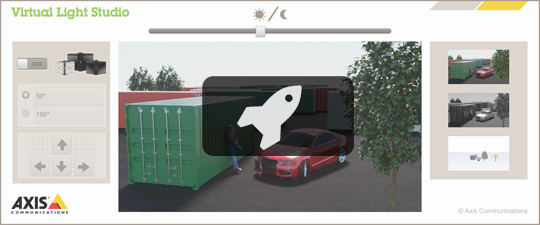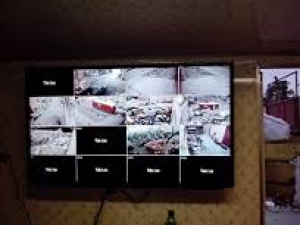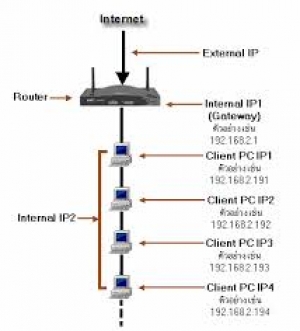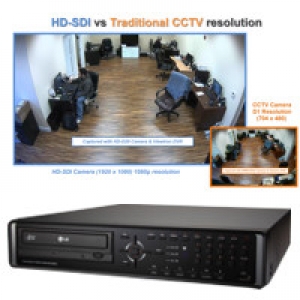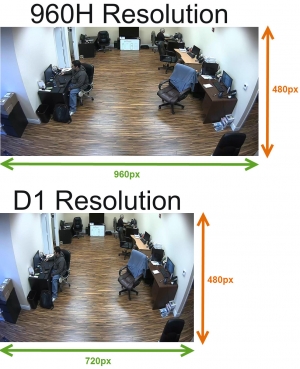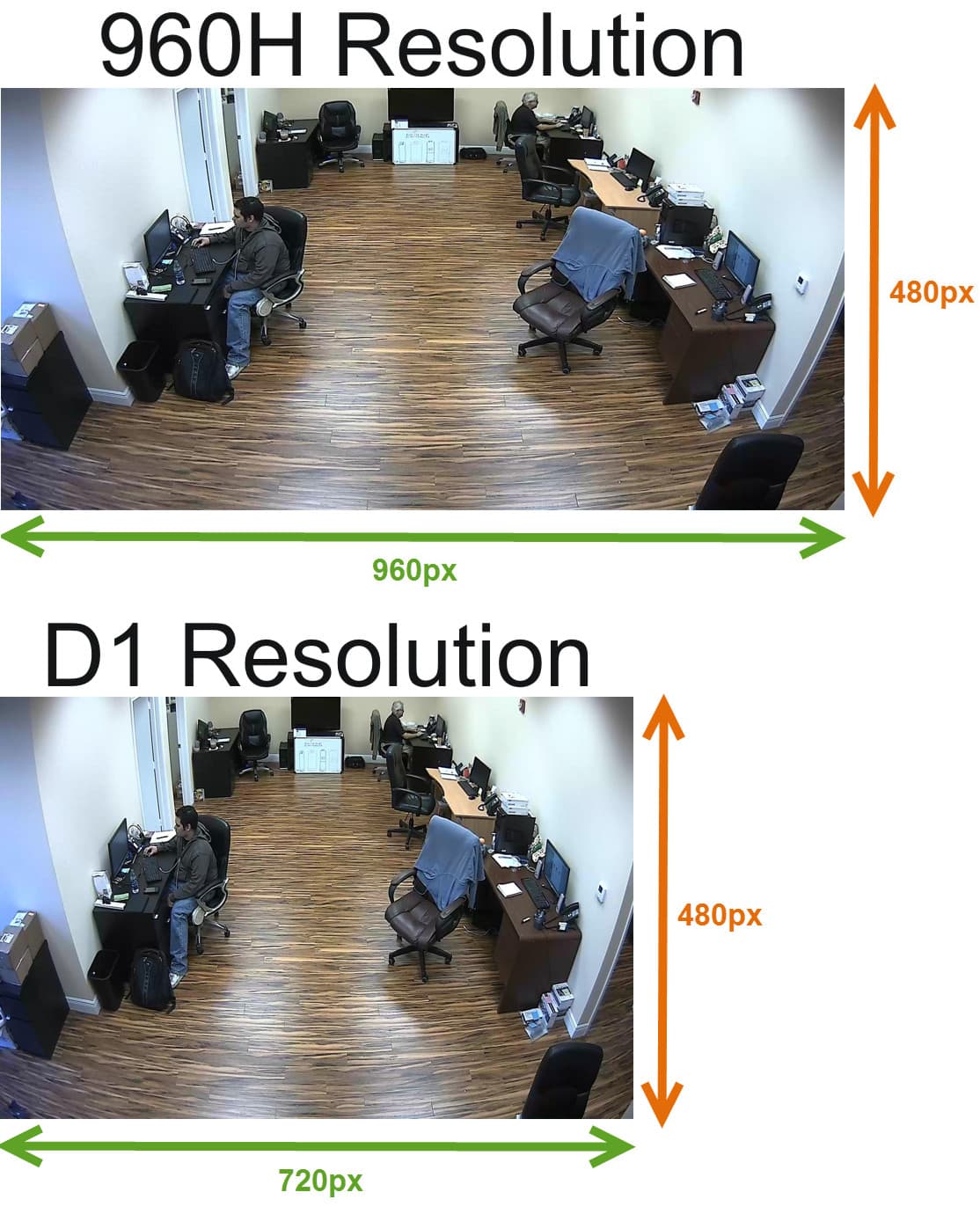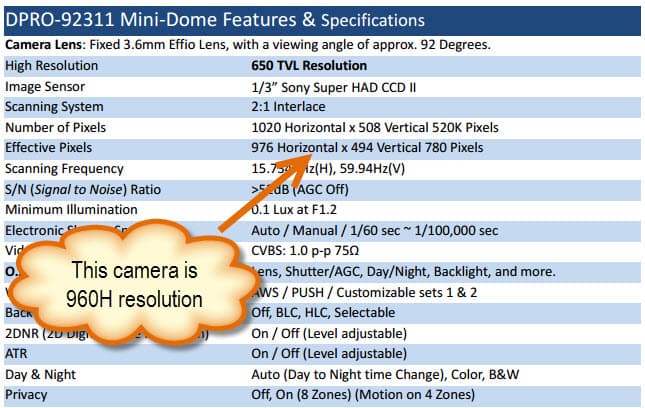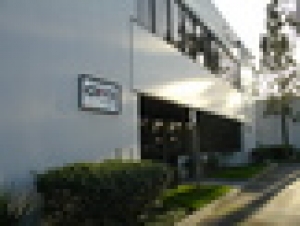Computer controlled analytics and identification
Computer controlled analytics and identification
Computer controlled cameras can identify, track, and categorize objects in their field of view

Video Content Analysis (VCA) is the capability of automatically analyzing video to detect and determine temporal events not based on a single image. As such, it can be seen as the automated equivalent of the biological visual cortex
A system using VCA can recognize changes in the environment and even identify and compare objects in the database using size, speed, and sometimes colour. The camera’s actions can be programmed based on what it is "seeing". For example; an alarm can be issued if an object has moved in a certain area, or if a painting is missing from a wall, or if a smoke or fire is detected, or if running people are detected, or if fallen people are detected and if someone has spray painted the lens, as well as video loss, lens cover, defocuss and other so called camera tampering events
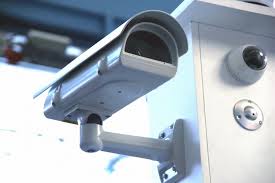
VCA analytics can also be used to detect unusual patterns in an environment. The system can be set to detect anomalies in a crowd, for instance a person moving in the opposite direction in airports where passengers are only supposed to walk in one direction out of a plane or in a subway where people are not supposed to exit through the entrances
VCA can track people on a map by calculating their position from the images. It is then possible to link many cameras and track a person through an entire building or area. This can allow a person to be followed without having to analyze many hours of film. Currently the cameras have difficulty identifying individuals from video alone, but if connected to a key-card system, identities can be established and displayed as a tag over their heads on the video
There is also a significant difference in where the VCA technology is placed, either the data is being processed within the cameras (on the edge) or by a centralized server. Both technologies have their pros and cons
Facial recognition system Is a computer application for automatically identifying or verifying a person from a digital image or a video frame from a video source. One of the ways to do this is by comparing selected facial features from the image and a facial database
The combination of CCTV and facial recognition has been tried as a form of mass surveillance, but has been ineffective because of the low discriminating power of facial recognition technology and the very high number of false positives generated. This type of system has been proposed to compare faces at airports and seaports with those of suspected terrorists or other undesirable entrants
Computerized monitoring of CCTV images is under development, so that a human CCTV operator does not have to endlessly look at all the screens, allowing an operator to observe many more CCTV cameras.[citation needed] These systems do not observe people directly. Instead, they track their behavior by looking for particular types of body-movement behavior, or particular types of clothing or baggage
To many, the development of CCTV in public areas, linked to computer databases of people's pictures and identity, presents a serious breach of civil liberties. Conservative critics fear the possibility that one would no longer have anonymity in public places.[65] Demonstrations or assemblies in public places could be affected as the state would be able to collate lists of those leading them, taking part, or even just talking with protesters in the street
Comparatively harmless are people counter systems. They use CCTV equipment as front end eyes of devices which perform shape recognition technology in order to identify objects as human beings and count people passing pre-defined areas
Educational apps Virtual light studio
A camera is only as good as the light available. In the Virtual Light Studio application above, you can see how different a scene do appear, depending on how much light there is, what type of light you're using and where you place your lighting
When the application opens, the time is set to noon. You can set the slider to different times of the day and see how the natural light decreases or increases
- To add an illuminator, click On in the menu to the left and select either 50° or 100° beam angle
- To move the illuminator sideways or up and down, click the arrows
- To better visualize the placement of the illuminator, click the bottom thumbnail on the right
- To change between white light and IR light, select the colored or black-and-white thumbnail respectively
Play around and see how a poorly installed illuminator lets the shadows cover the man in the shade or how brightness and glare makes the object invisible. And, if it's important to see colored details like the sign on the man's t-shirt, what type of light should you go for
CCTV چیست؟
CCTV در دوربین مدار بسته
اصطلاح انگلیسی CCTV در واقع مخفف کلمه (CLOSED CIRCUIT TELEVISION) به معنی دوربین مدار بسته است. این اصطلاح (CCTV) یک عبارت حرفه ای است که در سراسر جهان به عنوان اصطلاح مشترکی مابین مخاطبان سیستم های حفاظتی مدار بسته کاربرد دارد.
در واقع سیستم های حفاظتی دوربین مدار بسته به سیستم هایی اطلاق می گردد که دارای یک چرخه و سیکل بسته ای برای قرار گرفتن یکسری تجهیزات در کنار هم برای دستیابی به یک هدف مشترک که همانا داشتن تصویری اختصاصی از محیط مورد نظرمان برای رصد هر چه مناسب تر فعالیت های پیرامون مان می باشد.

در این مدار بسته ممکن است یک یا چند دوربین مداربسته که سیگنال و دیتای دوربین را از طریق کابل کواکسیال به دستگاه DVR برای ثبت و پردازش و انتقال از دستگاه DVR به نمایشگرها برای دیدن تصاویر وجود داشته باشد.
CCTV CLOSED CIRCUIT TELEVISION)) در همه جا به معنی دوربین مدار بسته است .
به تصویر زیر نگاه کنید

همانگونه که مشاهده می نمائید، تمامی تجهیزات استفاده شده همانند دوربین مدار بسته و تجهیزات اعلام حریق و ضد سرقت همگی به دستگاه DVR متصل هستند و خود دستگاه DVR به یک شبکه کوچک متصل می باشد. همانطوری که اشاره گردید تمامی موارد بالا کاملا در یک حلقه بسته ای قرار دارند و در واقع به همین دلیل است که به سیستم های مدار بسته ای که دارای چند دوربین در کنار هم می باشند سیستم های مدار بسته می گویند.
دوربین های مدار بسته غالبا برای کنترل محیط پیرامونمان کاربرد داشته و بنا به نیاز متقاضیان و در جهت کسب رضایت هر چه بیشتر آنان با پیشرفت های هرچه بیشتر تکنولوژی، علاوه بر بالا رفتن تکنولوژی در ساخت دوربین های مداربسته به علت وجود رقابت بسیار زیاد در میان تولیدکنندگان این محصولات، علاوه بر افزایش کیفیت دوربین ها می بایست از قیمت دوربین های مدار بسته نیز کاسته شود تا زمینه نصب دوربین مدار بسته برای همگان فراهم گردد.

تهیه تصاویر دوربین های مدار بسته ممکن است یک یا چندین هدف اصلی را دنبال کند که به اختصار اشاره می گردد.
۱ـ حفاظت، حراست و ایمنی
۲ـ کنترل ترافیک
۳ـ کنترل، مدیریت و نظارت
۴ـ آموزش و تحقیقات
امروزه از این سامانه ها برای حفاظت و نظارت بر اماکن مهم، اماکن پرتردد و پرخطر استفاده می شود. موزه ها، فروشگاه ها، زندان ها، فرودگاه ها، ایستگاه های مترو و راه آهن، بیمارستان ها، مدارس، ساختمان های مسکونی، کارخانه ها و مراکز صنعتی، مراکز خرید، اتوبان ها و... از جمله مراکز و محیط هایی هستند که با نصب دوربین مدار بسته به کنترل و نظارت دقیق تری دست یافته اند. به همین منظور شرکت مهندسی صنایع و تجهیزات آراد تصویر به عنوان یکی از قدیمی ترین شرکت های فعال در زمینه CCTV آماده انجام پروژه های شما با برندهای اصلی کره ای دوربین CNB کره ای و دوربین MICRONIX کره و دستگاه های DVR با کیفیت عالی 960H می باشد. در صورت تمایل با بخش فروش و بازرگانی شرکت تماس حاصل فرمائید.
Closed Circuit Television Helps Police Catch Criminals
Police forces around the globe are depending more and more on CCTV to solve crimes and catch criminals. In the case of the Boston Marathon bombings, which killed 3 people and injured a hundred others, police went through hundreds of hours of video footage to identify the two terrorists, who planted the bombs.
However not all Americans are in favor of more video surveillance. In a recent poll, only about 40% of those asked said they wanted more TV cameras in public places
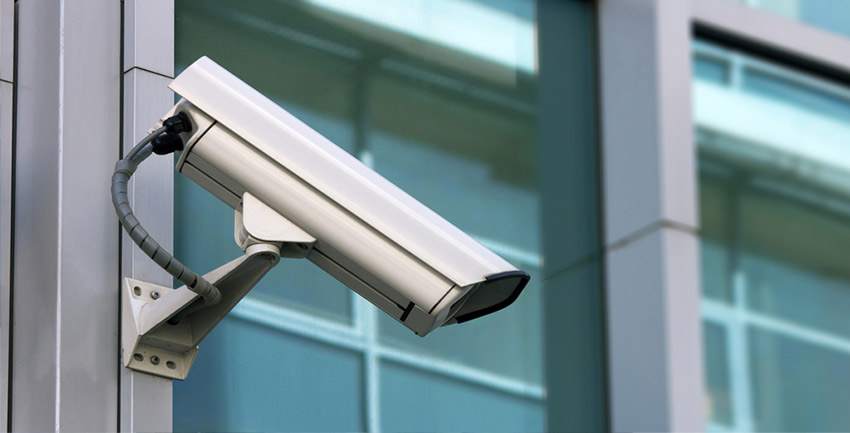
Currently police rely not only on public TV cameras but also on private cameras that have been installed by businesses and other private citizens over the past few years. Together they guarantee that big cities are constantly observed and police can concentrate on crime hot spots. With video technology becoming cheaper, more and more people are having video surveillance installed
The 9/11 attack on the World Trade Centre brought a major increase in public cameras and police surveillance. Today, cities like New York have a system that not only can observe places but track events. All video feeds are directed to a command centre where a sophisticated software system can filter out crucial situations. When the police see something suspicious they can direct more of their forces to a certain area and concentrate on it
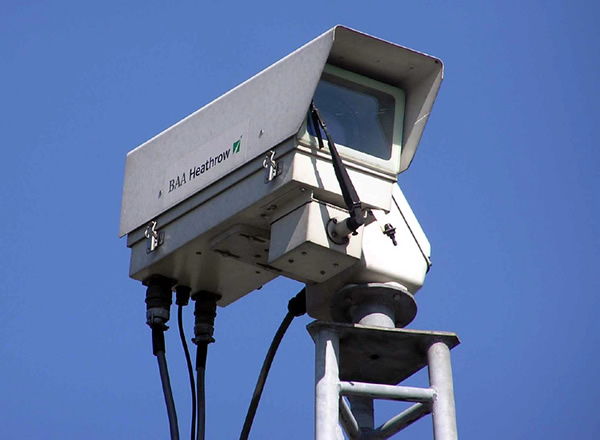
While most security experts predict that the number of surveillance cameras will increase in the next years, the public feels constantly observed. And while almost every cell phone can take pictures there are more still images that contribute to observation. In addition, the new Google Glass , a computer that you can actually wear, makes it possible to capture images and videos everywhere you go.
There are others who claim that running more and more CCTV cameras does not contribute to a safer city. In London, a city with the highest density of CCTV cameras installed, authorities have stated that there is no connection between the number of CCTVs and the crime rate. City security officials say that more money should be spent on improving street lighting and other city infrastructure.
This article will explain the concept of port forwarding for CCTV systems. Most modern CCTV surveillance DVRs have a network Ethernet port that allows users to access the DVR and cameras connected to over a network. In the case of CCTV DVRs, all of the cameras are hard wired to the DVR using coax cable and the DVR has a web server that enables the video streams of the cameras to be viewed over a network using some type of client, such as a web browser on a desktop or laptop computer or using a mobile app from an iPhone or Android cell phone. In order to make the DVR remotely over the Internet, setting up port forwarding is necessary to route Internet traffic into your local network. This video and network diagram will help explain the concepts behind port forwarding. CCTV Camera Pros has developed these tools to assist installers with setting up port forwarding
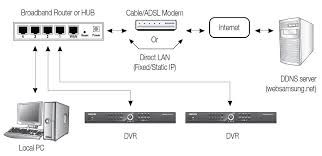
The following video gives an overview and explanation to the following questions. What is port forwarding? How does port forwarding work
Port forwarding is a function of network routers that allows a user to configure specific communication ports to be routed to devices on an IP (Internet Protocol) network, such as a computer, DVR, or IP camera. To configure port forwarding for a surveillance DVR, you will configure your router to forward incoming Internet requests on the port that the DVR uses to be routed / forwarded to the DVR. This enables you to access your DVR remotely over the Internet. The below network diagram illustrates a typical home or business network setup that includes a surveillance DVR. The diagram would be the same for an
. Simply replace the below surveillance DVR in the diagram with an IP camera and all of the concepts are exactly the same.
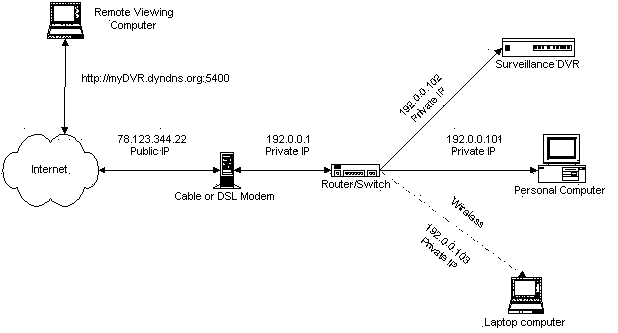
In the above network diagram, start in the upper left to at the remote viewing computer to understand. The computer makes a request using the gateway IP address of your network, or the host name that you setup to using dynamic DNS. Notice on the end of the URL there is a ":5400". This is the port that the DVR in this example is using. The default port of your stand alone DVR or Geovision DVR computer, IP camera, or other network device will vary. In this example we use port 5400. Again, the actual port that you use will vary according to which DVR or network camera that you are setting up. That IP request travels through the Internet and the dynamic DNS service that you setup (with dyndns.com) translates the hostname, in this example my DVR.dyndns.org, to the IP address that your Internet service provider (ISP) assigned to your cable or DSL modem (78.123.344.22 in the above example). Your cable or DSL modem sends the request to your network router. This is likely a typical Dlink, Netgear, or LinkSys wired or wireless router. Your router asks itself what do I do with requests that come in on port 5400? If you have your router properly configured to forward those requests to your surveillance DVR, everything will work OK
CCTV Camera Pros has documented specific port forwarding instructions for LinkSys and D-Link routers. The instructions are based on certain models, but are likely the same or close to the same for other models of D-Link and LinkSys routers and switches. If you need specific instructions for you router, please consult the manual that came with your router and look under the section for port forwarding. Please onte that some vendors refer to port forwarding using different terms. For example, D-Link sometimes refers to it as virtual service. If you have trouble, please contact the manufacturer of your router and make sure that it supports port forwarding and ask for setup instructions
HD-SDI High Definition CCTV vs Traditional CCTV Cameras
HD-SDI CCTV cameras, also known as HD security cameras, are quickly gaining popularity as a high definition video surveillance solution. Until a few years ago, the only available option for high definition surveillance systems was to use network IP cameras which are typically more expensive and almost always more difficult to setup.
With the advent of HD-SDI technology for security cameras, users can now capture 1080p resolution video using the same RG59 or RG6 coaxial cable that is used by traditional CCTV cameras.
This new SDI platform is pivotal information for existing CCTV users whom have invested into expensive coaxial cabling installations, and now are in the market to upgrade their system to HD. These users are able to leverage their existing coax cable when they upgrade to HD Security cameras.
The HD-SDI paradigm also makes installation easier for many low voltage installers because HD-SDI security cameras follow the same plug and play processes as the traditional CCTV cameras, unlike IP cameras, which do require some level of networking knowledge to setup.
HD-SDI Camera vs. CCTV Camera Resolution
Traditional CCTV cameras are capable of resolutions up to about 704 x 480, which is referred to as D1 resolution, which is a hard limit that analog CCTV DVRs must abide by.
Some traditional CCTV cameras can actually capture slightly larger images than D1, but are unable to take advantage because traditional CCTV DVRs are limited to 704 x 480 resolution, which is why D1 is the accepted max resolution in the CCTV industry.
HD-SDI CCTV cameras are capable of true HD 1080p resolution (1920 x 1080). This higher resolution is the same as a high definition television and movies that consumers are use to. The SDI technology behind HD-SDI CCTV cameras is the same as the video cameras that capture video footage for “high def” motion pictures
HD-SDI and CCTV Images
The following image compares the image size and resolution of a high definition HD-SDI CCTV camera and standard definition CCTV camera. Please click on the image for the full sized view. After you click on the image, if your web browser supports zooming, you will probably be able to make the image even larger.

Here are the original images used in the above illustration. This high definition image was captured using a HD-B20 dome HD security camera.
.
This article explains what 960H video is and answers frequently asked questions about how 960H resolution is used in modern CCTV cameras and security DVRs.
What is 960H?
960H is the latest video resolution used by analog CCTV camera surveillance systems. The “H” in 960H stands for “horizontal” and 960 is the number of horizontal pixels in the video resolution. 960H is 960 x 480 video resolution. Unlike the generation of CCTV cameras and DVRs before 960H became a standard, 960H uses the 16:9 widescreen aspect ratio which makes it more suitable for use with modern widescreen format monitors and HDTVs. Almost all of modern monitors are 16:9 aspect ratio.
What resolution was used in CCTV before 960H?
Before 960H cameras and DVRs were available, the most popular video standard for CCTV systems was D1 resolution. D1 resolution is 720 x 480 pixels, sometimes D1 is 704 x 480 pixels. Notice that the width of the picture is wider when comparing 960H to D1, but the height is the same. D1 resolution uses a 4:3 aspect ratio which was much more popular 10 years ago, before the advent of widescreen monitors and high def television. CIF resolution (also shown in the top image on this page) is 360 x 240 (sometime 352 x 240). It is basically half the size of D1 and also uses the 4:3 aspect ratio. CIF resolution is typically used when bandwidth or recording hard drive space is limited.
960H vs D1
The below images compare 960H vs D1 video resolution. Please click on the image for a full sized view.
Do 960H cameras provide more video coverage than D1 cameras
No. The angle of view / view-able area covered by a security camera is determined by the size of the lens and the size of the image sensor (the electronic chip that actually captures the image). Almost all CCTV cameras use a 1/3 inch image sensor. This includes 960H and D1 format cameras. Lens sizes do vary. In the above images, a 3.6mm lens was used. Notice that although the 960H image is wider than the D1 image, the angle of view is the same. The wider format image does not mean that a wider angle of view is captured. It just means that more pixels were used and the picture is wider.
How do I know if a CCTV camera is 960H resolution
It is easy to confirm if a CCTV camera is 960H resolution by looking at the technical specification of the camera. Typically, there is a section in camera spec that documents the effective resolution of the camera in pixels. If the resolution width is 960 pixels or greater and the height is 480 pixels or greater, the camera is 960H. Below is a snapshot taken from the specification of a 960H camera.
Most CCTV cameras that are 960H resolution are 650 TVL or greater. TVL stands for television lines and is a another way to measure the resolution of analog cameras. You should not assume that all 650TVL or 700TVL cameras are 960H. In some cases, the image sensor of a 700TVL camera is not actually capable of capturing 960 x 480 pixels. You should always go by the effective pixels on the camera’s spec.
How can I use the new 960H format
In order to full take advantage of the 960H format in video surveillance applications, you should use both a 960H camera and a 960H DVR.
The above picture is a screenshot taken from an iDVR-PRO4A DVR (supports 960H video format) connected to 4 960H cameras. This is what the user sees from a monitor connected directly to the DVR’s VGA or HDMI video output. The DVR actually supports full 1080p monitor resolution, but unfortunately the video capture card that we used to grab this image only supports 720p resolution. Please click on the image for a full size view.
Can I use 960H cameras with a D1 DVR
Yes. Actually, 960H resolution cameras were available in the market before 960H DVRs were available. CCTV camera resolutions seem to always advance before DVR resolutions catch up. When you use a 960H camera with a D1 resolution DVR, the image is simply compressed by the DVR to fit the maximum resolution that the DVR supports. No view of the image is lost. The image as a whole is just shrunken down to fit. It makes sense for customers shopping for new CCTV cameras to purchase 960H cameras even if they do not plan on updating their DVR to 960H right now. When the time comes to replace their DVR, they will already have cameras that take advantage of the wider format resolution.
Can I use my older non-960H cameras with a 960H DVR
Yes. This is also a typical scenario. Many customers have existing CCTV cameras that are not 960H but provide a perfectly good picture that they are happy with. D1 / 4:3 apect ratio CCTV cameras will work fine with 960H DVRs. The DVR simply stretches the width of the image to fit the 960H resolution. This stretch is not drastic and most people do not even notice. 960H DVRs are backward compatible with non-960H cameras.
Do 960H and D1 cameras use the same cable
Yes, the same coax cable (typically RG59) is used for both 960H and D1 CCTV cameras. The same BNC video connectors are also used. The only differece is the size of the image that they capture. All of the same wiring can be used.
How does 960H compare to HD CCTV - HD-SDI
Although 960H cameras and HD-SDI cameras use the same type of coaxial cable (RG59 or RG6), they are two very different technologies. HD-SDI is a digital video signal and can support much higher resolutions than analog CCTV. HD-SDI cameras require HD-SDI recorders and support full 1080p video resolution. In this article, you can see a comparison of HD-SDI vs CCTV video resolution.
دوربین مدار بسته به دوربین هایی اطلاق می گردد که در محلی خاص نصب بوده و تصاویر آن به یک یا چند نقطه دیگر انتقال یا ارسال می گردد. از آنجایی که کاربرد اغلب این دوربین ها در حیطه حفاظت، نظارت و کنترل و سیستم های مانیتورینگ امنیت می باشد، بیشتر به همین معانی مورد کاربرد دارد.اما در واقع و معنی فنی آن حتی دوربین های ویدئو تلفن و کنفرانس را نیز شامل می گردد. عبارت ‹‹دوربین مدار بسته›› ترجمه عبارت انگلیسی closed circuit television یا همان cctv می باشد.

کاربردهای دوربین مدار بسته
اصلی ترین کاربرد سیستم های دوربین مدار بسته در موارد امنیتی و حفاظتی است. اما کاربردهای آن تنها به این موارد محدود نبوده و موارد دیگری را همانند کاربردهای نظامی، پلیسی، صنعتی، ارتباطات ویدئویی، کنترل ترافیک، فضایی، و تصویربرداری هایی نامحسوس را نیز شامل می گردد.
کاربرد صنعتی
در کارخانجات نظیر کارخانه های صنعتی شیمیایی یا نیروگاه های هسته ای صنعتی از دوربین های مدار بسته، در جهت نظارات بر نقاط یا مراحلی از کار که حضور فیزیکی انسان خطرناک، دشوار یا حتی غیرممکن است استفاده می گردد.
جلوگیری از بروز تکرار جرایم
استفاده از دوربینهای مدار بسته در جلوگیری از ارتکاب جرایم بسیار رایج بوده که می توان به مواردی مانند: جلوگیری از بروز جرایم رانندگی و یا حتی جرایم جنایی اشاره نمود. استفاده نامحسوس از دوربین های مخفی نیز بسیار رواج یافته که از این دست می توان به دوربین مخفی دستگاه های خودپرداز اشاره نمود که برای شناسایی موارد سوءاستفاده از کارت های اعتباری کاربرد دارد.

کاربرد آن در کنترل ترافیک
امروزه همانند ایران، در بسیاری از کشورهای دنیا استفاده از دوربین مدار بسته به منظور کنترل ترافیک شبکه معابر و بزرگراه ها در سطح گسترده ای معمول بوده که نقش بسزایی در کاهش جرایم رانندگی ایفا می کند از موارد دیگر می توان به نظارت بر وضعیت ترافیک در خیابان ها و ثبت جرایم ارسال اطلاعات توسط GPS به رانندگانی که قصد عبور از یک مسیر را دارند اشاره نمود. نظارت بر تصادفات و شناسایی جرایم رانندگی نیز از جمله کاربردهای دوربین مدار بسته هستند. ثبت و شناسایی اتوماتیک پلاک خودروها در محدوده های طرح ترافیک از جمله کاربردهای این دوربین ها می باشد.
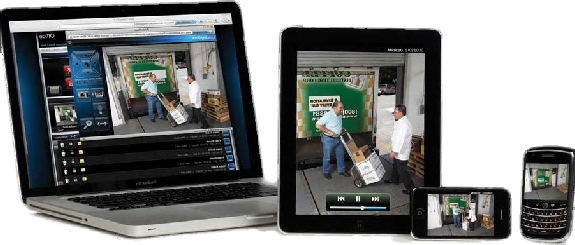
امنیت ایستگاه های حمل و نقل عمومی
در مراکز حمل و نقل عمومی که خارج از دید عموم است، برای جلوگیری از بروز حوادث یا کنترل محیط از دوربین مدار بسته استفاده می گردد. به طور مثال در متروها از دوربین مدار بسته برای کنترل درب های ورود و خروج مسافران به منظور حصول اطمینان از عبور مسافر از درب های قطار و یا موارد مشابه آن در اتوبوس ها و یا قطارهای بین شهری استفاده می گردد. امروزه شاهد گسترش روزافزون استفاده بهینه از این تکنولوژی (سیستم های حفاظتی دوربین مدار بسته) در تمامی ابعاد خرد و کلان در سطح اماکن تجاری – بیمارستان ها – مداربس – فروشگاه ها و... می باشیم که همین امر باعث پدید آمدن محیط هایی امن و مطمئن تر برای فعالیت های اقتصادی – فرهنگی و اجتماعی می گردد.
گردآوری و تنظیم و ارائه: توسط واحد تحقیقات شرکت مهندسی صنایع و تجهیزات آراد تصویر

